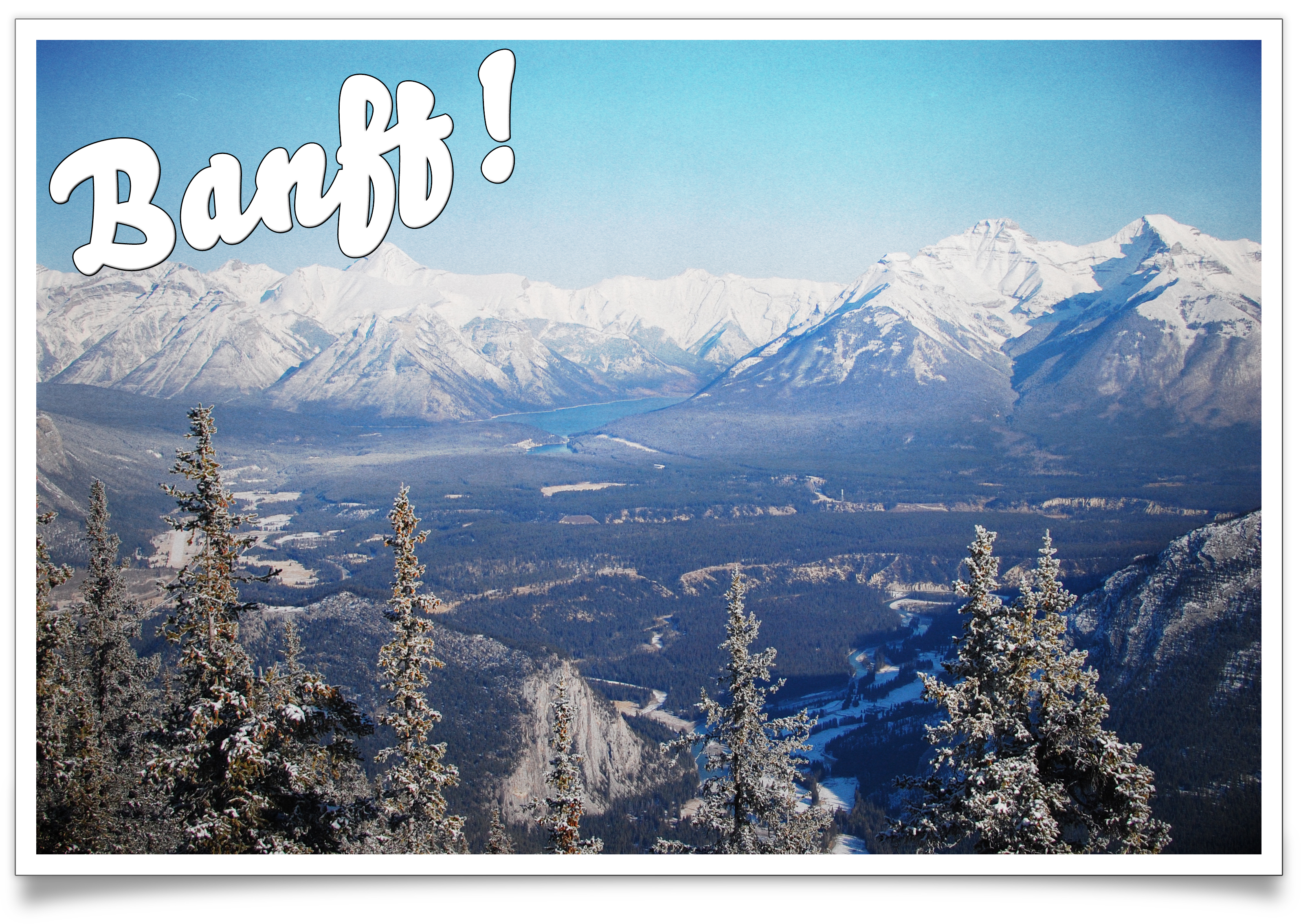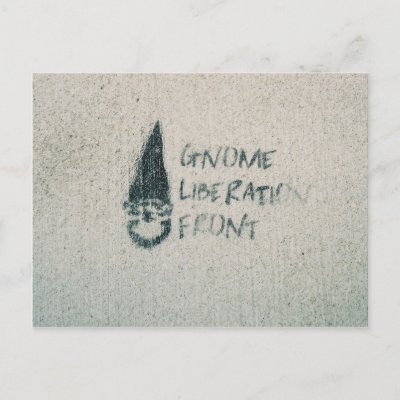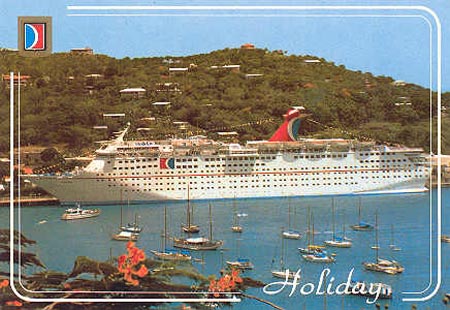☐☐☐☐☐☐☐☐☐☐☐☐☐☐☐☐☐☐☐☐☐☐☐☐☐☐☐☐☐☐☐☐☐☐☐☐☐☐☐☐☐☐☐☐☐☐☐☐☐☐☐☐☐☐☐☐☐☐☐☐☐☐☐☐☐☐☐
The brief that was set instructed us to take photographs of a particular shape around LCA and nowhere else.. Simon gave us all a particular shape each, mine was a square.
I decided to look at inanimate objects in the college that were square in their shape. I didn't really want to go for the obvious ones, for example - all of the square windows you can see around the university.
So I thought about the items you see everyday around the uni and just forget about, like the fire alarm buttons or the toilet door signs.
I then noticed all of the different types of light-switches that there were around uni, so photographed a variety of them, and then decided that I would use these photos of switches for my postcards and make the photos look a bit dirty and dark to give the switches a sense of slight feeling and emotion, rather than just being everyday light-switches. I wanted to make the light switches look as though they were sad and felt neglected.
☐☐☐☐☐☐☐☐☐☐☐☐☐☐☐☐☐☐☐☐☐☐☐☐☐☐☐☐☐☐☐☐☐☐☐☐☐☐☐☐☐☐☐☐☐☐☐☐☐☐☐☐☐☐☐☐☐☐☐☐☐☐☐☐☐☐☐
Research Into Postcards
After researching into several postcard designs, it became quite apparent that typical postcards consisted of a full image filling the A6 format (usually of a holiday destination or something relevant to the place that the buyer visited) and then the postcard usually has a small amount of furniture decorating the edges of the postcard, and the odd word like "Holiday" or "Cornwall" or "Wish You Were Here". I also noticed that typical postcards are quite kische, tacky and cheap looking. You never really get a postcard that has been designed to be classy or something that you would keep because of how well designed it was! People usually tend to keep their postcards because of the nice A6 sized photograph and the memories that come with the little amount of writing on the back of the card.
☐☐☐☐☐☐☐☐☐☐☐☐☐☐☐☐☐☐☐☐☐☐☐☐☐☐☐☐☐☐☐☐☐☐☐☐☐☐☐☐☐☐☐☐☐☐☐☐☐☐☐☐☐☐☐☐☐☐☐☐☐☐☐☐☐☐☐
I decided that I wanted my postcards to look quite cheap and tacky so that they were similar to the postcards you often send to your friends, however I wanted to create a postcard that you wouldn't really decide to pick up and buy, because of the sheer thought that it seems quite irrelevant and weird. I thought the idea of taking photos of lots of different light switches made the postcard set quite humorous and different from other ideas people probably came up with.
However, I didn't really think the light-switches looked like a complete series yet, so edited them in photoshop to make them darker, more desaturated, and a little bit more eery...
Here are my 5 final postcard images:
Look at how to get Photoshop to analyse lots of photographs of the same area and get rid of anything that moves...
Open up Photoshop, Go to: File-Scripts-Load files into stack...
Choose which photos you wish to load, 'check' the box next to "create smart object after loading layers" and press ok.
You can 'check' the box next to "attempt to automatically align source images" if your photos weren't taken on a tripod, as the photos might be a bit wobbly and not in the same place. 'Checking' the box "create smart object after loading layers" will create one layer of all the separate photos, but you can still go back to edit the original.
How to get people to communicate via talking...
THE BRIEF:
As a group of students you are to identify a problem from your individual research and provide an answer to it. You must resolve the How To... in an engaging and interesting way.
Background/Considerations
Who needs to know?
Students and teenagers
What/why do they need to know?
So that they can make friends easier when they start uni, and will also help them in their later lives
How will you tell them?
Via production of a pack of game cards that get the readers to take part in a fun way, using their voices and communicating with one another
You must identify whether you are trying to EXPLAIN, INFORM, INSTRUCT or EDUCATE the audience.
We are trying to inform and educate the audience
What will the audience respond to, where will they look? How will they need to interact with it? How will you know it is working?
They will respond to our presentation and a pack of game cards. They will interact with the cards, and we will know it is working from testing it out on piers and when using it in the presentation
What is the tone of voice? It must be appropriate to your subject, audience and method of delivery.
Informative, friendly and light hearted
We tried to work in a group of 5 to come up with an idea for this brief, however group members were easily distracted or didn't show up, and when we were together we couldn't decide on an idea as everyone wanted to take a different approach to the outcome, so we decided to split up into smaller groups within the group. I was partnered up with Rinesh.
Our Ideas
Informing people on the importance of communicating through talking
↳intimate
↳direct
Tone of voice
↳think about playfulness
↳ways of reading texts/emails in different ways, for example "what are you wearing tonight" could be read seriously or could be read in a seductive manner and will come across differently either way
↳ think of an aim...
≣≣ Informing people of how texts/emails aren't as personal as talking in person and you can often lose the meaning of the message ≣≣
For example:
Start off the presentation with definition of communication and talking etc?
Name: JARGON BEATERS
Idea: A set of 48 playing cards
↳for breaking the ice in Fresher's Week
↳come in a box like a pack of cards, maybe with a leaflet of instructions?
↳4 themes: erotic (rouge/pink/burgundy)
agressive (red/bold colours)
serious (grey/blue/white/black)
cheesey (yellow/orange)
↳stick to pastel colours so that the set of cards looks uniformed
↳12 questions per theme, which will make 48 cards
↳simplistic/minimalistic feel to them
↳symbols to represent each theme to create patterns for each card
↳logo should be simple and to the point. try to stick to a certain colour theme - blue and orange?
On presentation:
↳could record footage of a few people trying it out
↳ask for a few volunteers during presentation
↳make it seem like we're an association/company selling the product to the universities
"Thankyou for listening, now communicate"
Logo Design Initial Ideas:
We thought about making a circular logo with the letters JB within the circle, to stand for Jargon Beaters. It was hard to come up with something that looked good inside a circle when only using 2 letters..
We initially thought we'd use Helvetica to create the logo..
Final Pack of Cards
Rinesh designed the final set of game cards for our idea. I decided on the colour scheme and helped to create various parts of the designs, but it was mainly worked on by him, and I'm extremely impressed by the final outcome.
We had problems with printing the designs double-sided, so had to cut them all out and stick them together ourselves, however they still looked really professional!




























































